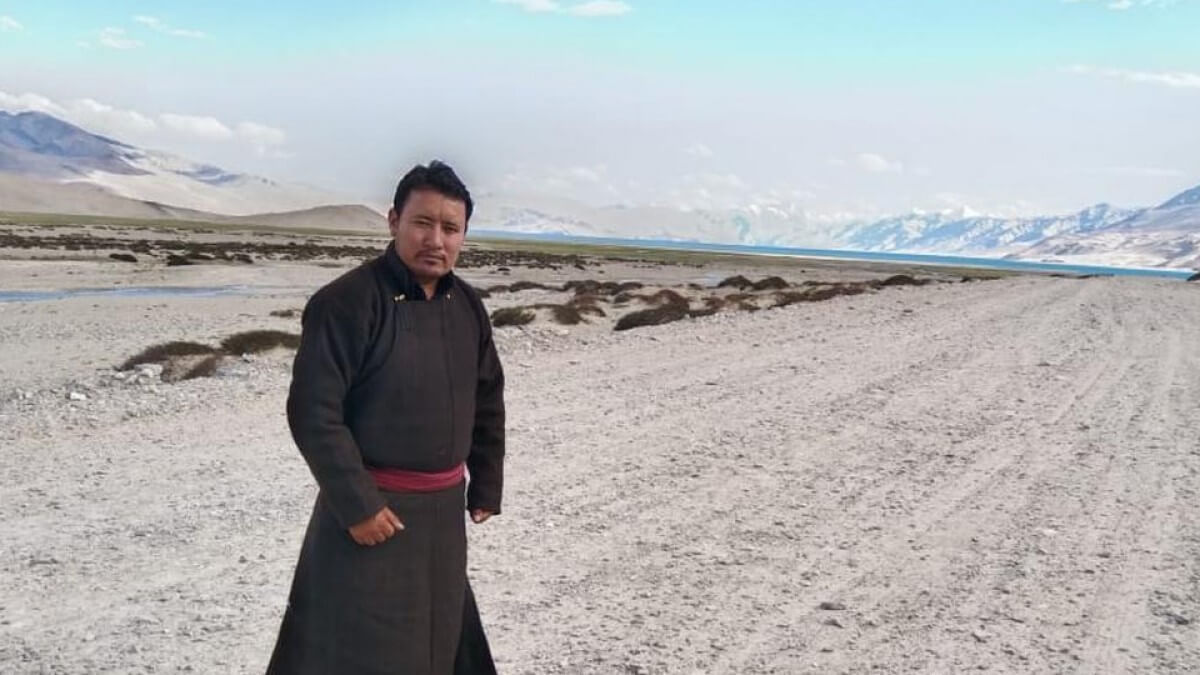According to Chushul Councillor Konchok Stanzin, the Chinese People’s Liberation Army (PLA) set up four tents in a “buffer zone” in eastern Ladakh’s Chushul two days ago.
The issue has brought to the fore the tensions between India and China, which are engaged in de-escalation talks about the border situation at the Line of Actual Control (LAC).
Relations at the border have been turbulent ever since violent clashes occurred between the two armies at the Galwan Valley in 2020.
The Issue
The Councillor said that he received information from the villagers that the PLA set up four tents in a buffer zone in Chushul.
Stanzin said that out of the four tents, three were removed after the Indian Army raised objections to their presence, while a fourth one is still in the process of being removed.
China pitched four tents in ‘buffer zone’ in Ladakh, says councillor, removing after Indian army raises during meeting. @vijaita reports https://t.co/PbmvqXlYcL
— Suhasini Haidar (@suhasinih) July 13, 2023
Stanzin tweeted, “As per the villager source, PLA tented 4 tents just below Table Top Mountain #Chushul two days back and vacated today. This area falls under the buffer zone. Then how did those tents come up?”
The Councillor said that the incident was a complete violation of the disengagement agreement and called it a matter of concern.
The incident occurred in the Table Top area of Gurung Hills in eastern Ladakh.
De-escalation Talks
India and China have been involved in de-escalation talks lately after relations at the border worsened following the 15 June 2020 incident in Galwan, where 20 Indian soldiers were killed in violent clashes with the Chinese PLA.
The two armies have undertaken several rounds of talks since then, leading to disengagement and creating buffer zones in five areas. These include Galwan, the north and south bank of Pangong Tso, Patrolling Point-17 A in Gogra and, most recently, Patrolling Point-15.
The Indo-Tibetan Border Police and the Indian Army regularly patrolled the buffer zones before April 2020, when China started amassing troops close to the LAC in eastern Ladakh.
Meanwhile, India hosted the first border discussions on tensions along the LAC with China in June, in which the two countries agreed to convene the 19th meeting between their senior commanders “at an early date.”
While four rounds of discussions have resulted in disengagement at five points, the two sides continue to deploy over 60,000 troops each along their border, with Depsang and Demchok remaining the most prominent points of tension along the LAC.
On Wednesday, #India and #China held border discussions on tensions along the #LAC, wherein they agreed to convene for military-level discussions “at an early date.” Find out more!https://t.co/NZt4X463rh#Ladakh #Galwan #Gogra pic.twitter.com/p7O0L2Oc8Q
— Statecraft (@statecraftdaily) June 1, 2023
Developments Along LAC
As relations between the two countries worsen and tensions simmer, both sides are augmenting their capacity along the border. India and China are initiating several infrastructure developments in eastern Ladakh.
While Beijing is constructing a bridge across the Pangong Tso — a lake stretching across eastern Ladakh and western Tibet — connecting the north and south banks, New Delhi is simultaneously constructing a black-topped road on its side of the north bank.
A report by UK-based think tank Chatham House also said that China has had an “established presence” in the Aksai Chin region by increasing its troop presence along the LAC.
Additionally, China is providing infrastructure support to Pakistan along the Line of Control between India and Pakistan.
India has repeatedly asserted that the situation on the border will determine the state of its relations with China. The relations between India and China are currently at a historic low, with the military standoff along the LAC entering its fourth year.

